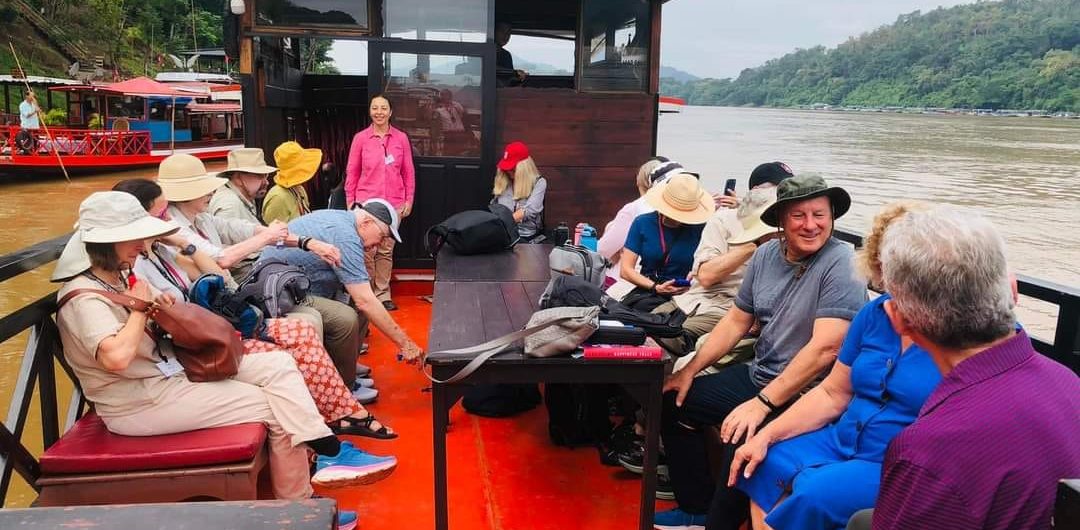Is Laos safe to travel? Explore health precautions, UXO awareness, and transport safety in this updated guide for a worry-free Laos adventure.
Laos, the “Land of a Million Elephants,” has long captivated travelers with its misty mountains, golden temples, and slow-flowing Mekong River. As the country gains popularity among eco-travelers, backpackers, and cultural explorers, one question continues to surface: Is Laos safe to travel to? While most visitors find Laos welcoming and trouble-free, concerns about unexploded ordnance (UXO), transportation standards, and health risks remain. This Laos travel guide offers a detailed look at safety in Laos, giving you the knowledge you need for a worry-free journey in 2025 – 2026.
General Safety in Laos
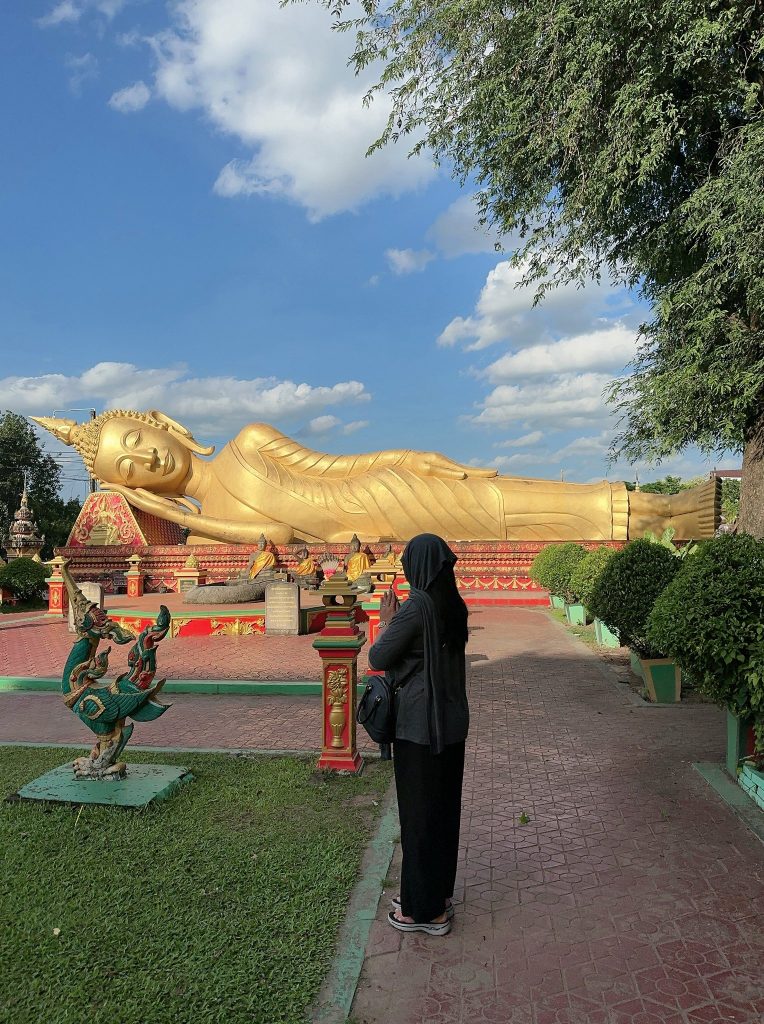
For the vast majority of tourists, Laos is a safe country to explore. Violent crime is very rare, and locals are known for their gentle and hospitable nature. The most common risks are petty theft—such as pickpocketing or bag snatching—in urban centers like Vientiane, Luang Prabang, and Vang Vieng.
Simple precautions help minimize risks:
- Keep valuables in your hotel safe.
- Carry only small amounts of cash.
- Avoid leaving phones or bags unattended in restaurants or buses.
- At night, use registered taxis or hotel-arranged transfers instead of walking alone in dimly lit areas.
Compared to many destinations in Southeast Asia, Laos is calmer, less crowded, and less commercialized, which often enhances its feeling of safety.
Health & Medical Considerations
The most significant safety concerns in Laos are related to health and medical access. Large hospitals exist in Vientiane and Luang Prabang, but rural facilities are limited. Travelers should carry travel insurance that covers medical evacuation.
Common health risks include:
- Mosquito-borne illnesses such as dengue fever and malaria (especially in remote provinces).
- Food and water safety, since stomach upsets are common if hygiene is overlooked.
- Limited pharmacy access outside cities.
Travel tips for good health:
- Drink only bottled or filtered water.
- Apply mosquito repellent and wear long sleeves in rural areas.
- Keep a personal supply of medications, especially for chronic conditions.
- Check vaccination updates with your doctor before travel.
Unexploded Ordnance (UXO) Risks
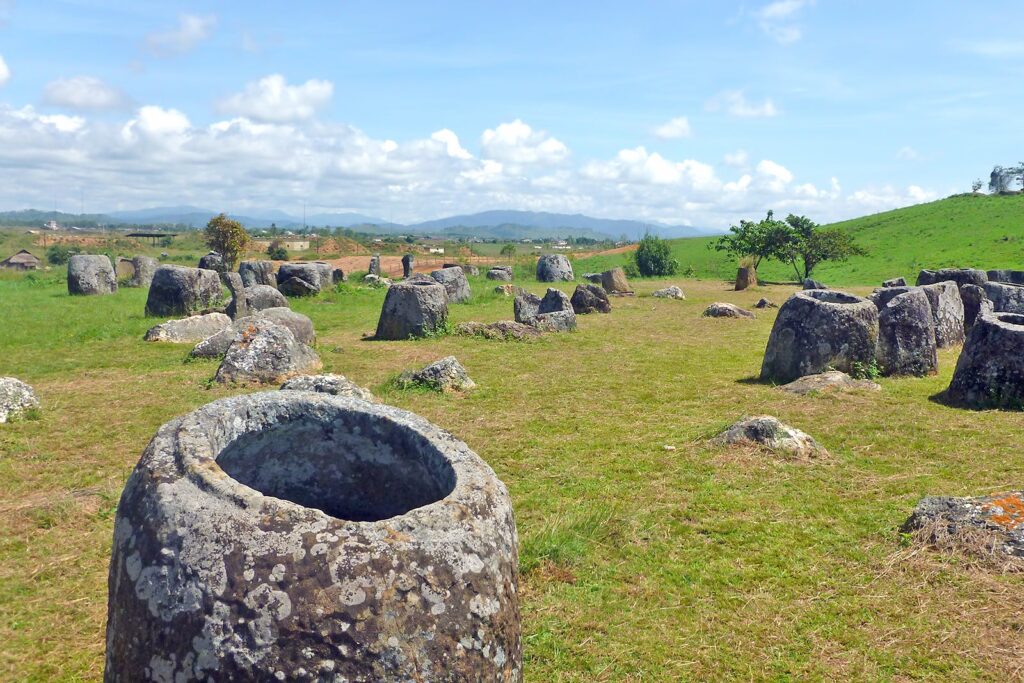
One unique safety issue in Laos is unexploded ordnance, a legacy of the Vietnam War era. Between 1964 and 1973, the country endured heavy bombing, leaving behind millions of cluster munitions that still affect certain rural regions today.
The main affected provinces include Xieng Khouang (Plain of Jars), Savannakhet, Attapeu, and Sekong. While most tourist routes and major attractions are cleared and safe, unexploded devices can remain in forests, fields, and remote trekking paths.
Traveler safety advice:
- Stick to well-marked paths when hiking or visiting rural areas.
- Avoid picking up metal objects or wandering into unmarked fields.
- Book trekking or adventure tours with licensed operators who know safe routes.
UXO is not a daily threat for tourists, but awareness is key when venturing beyond established sites.
Political Stability and Civil Unrest
Laos is a one-party state with a stable political environment. Unlike some neighboring countries, public protests or civil unrest are rare. The government closely manages security, and visitors are unlikely to encounter demonstrations.
Occasional small clashes have been reported in remote border regions over past decades, but these incidents do not affect mainstream tourism hubs like Luang Prabang, Vang Vieng, or the Four Thousand Islands (Si Phan Don). In 2025, Laos remains politically calm, making it a low-risk destination for travelers.
Transportation and Road Safety
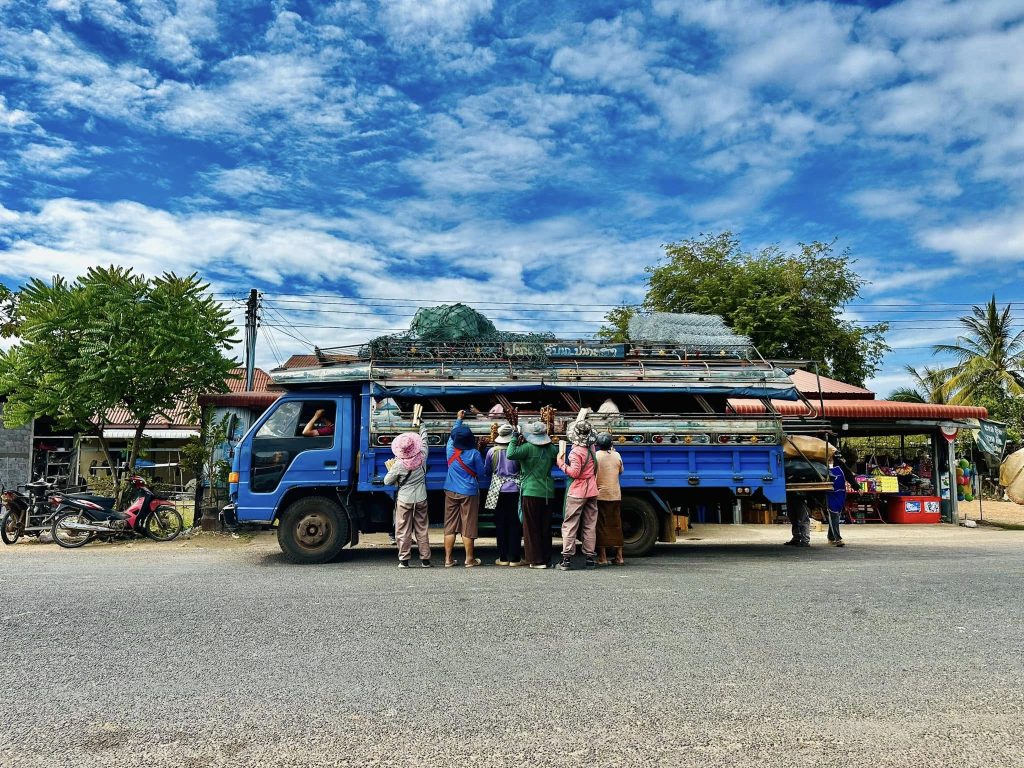
The biggest day-to-day safety challenge in Laos is transportation. Roads between cities are improving but can still be narrow, winding, and poorly lit at night. During the rainy season, landslides and flooding occasionally block highways.
Risks include:
- Bus and minivan travel: overcrowding, speeding, and limited safety standards.
- Motorbike rentals: accidents are common due to poor road conditions, lack of helmets, and limited medical services.
- River travel: Mekong ferries and boats vary in safety quality, though major tourist cruises are well-regulated.
Safer alternatives:
- Use domestic flights between Vientiane, Luang Prabang, and Pakse.
- Hire private drivers through reputable travel companies.
- If renting a motorbike, always wear a helmet, avoid nighttime driving, and check insurance coverage.
Natural Hazards and Weather Concerns
Laos’ tropical climate influences travel safety. The rainy season (May to October) brings heavy downpours, slippery roads, and swollen rivers. Trekking paths and rural routes may become difficult or unsafe. The dry season (November to April) is considered the safest and most comfortable time to explore.
Adventure activities—such as caving in Vang Vieng or kayaking on the Nam Song River—should only be done with certified guides who provide proper equipment. During rainy months, always check local conditions before venturing outdoors.
>> Find out further details on the best time to visit Laos.
Safety for Women, Solo, and LGBTQ+ Travelers
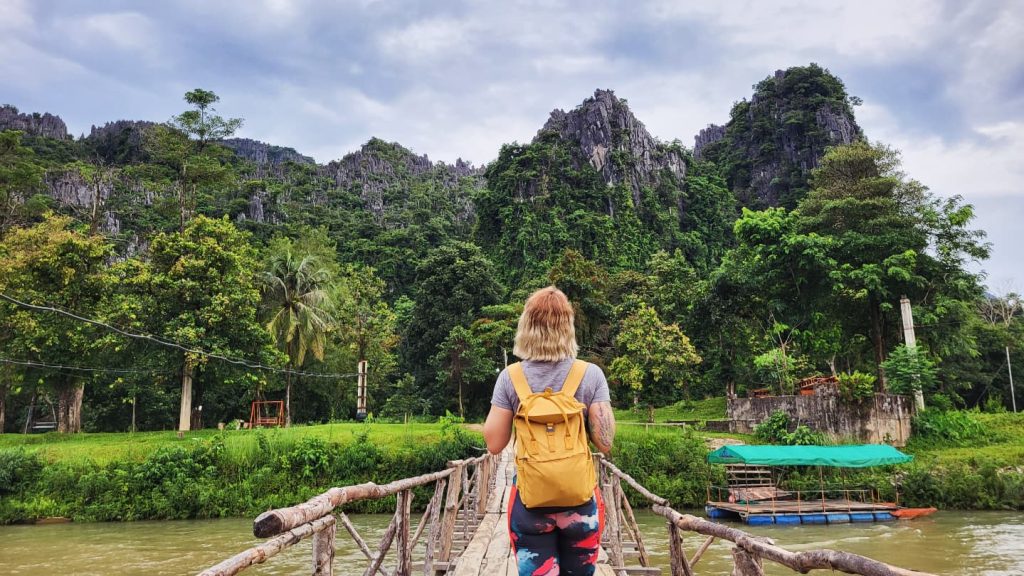
- Solo travelers, including women, usually find Laos safe if they follow common sense precautions such as avoiding isolated areas at night.
- LGBTQ+ travelers encounter no major safety risks. While Laos is socially conservative, attitudes are generally tolerant, and same-sex couples traveling together are not uncommon in tourist areas.
- Modest dress is recommended when visiting temples or rural villages to respect local culture.
Practical Safety Tips for Laos
- Register with your embassy if advised by your country.
- Carry copies of your passport and visa separate from the originals.
- Use ATMs in secure areas like banks or shopping centers.
- Book accommodation and tours through licensed providers.
- Respect cultural norms: remove shoes in temples, avoid public displays of affection, and dress modestly.
Conclusion
Is Laos safe to travel to? The answer is a reassuring yes. Laos is one of Southeast Asia’s most peaceful and hospitable countries, where crime is rare, and the atmosphere is calm. The primary risks are practical rather than political: health care limitations, transportation standards, and UXO in remote rural zones. With awareness and preparation, these concerns can be easily managed.
For most travelers, Laos is a safe and rewarding destination in 2025 – 2026. Whether you are sipping coffee by the Mekong in Vientiane, exploring the UNESCO World Heritage town of Luang Prabang, or drifting among the Four Thousand Islands, you can travel with confidence knowing that Laos offers not only beauty and culture but also a generally secure environment.
>> When you’ve determined the right time to visit, let our Laos private tours inspire your itinerary.

